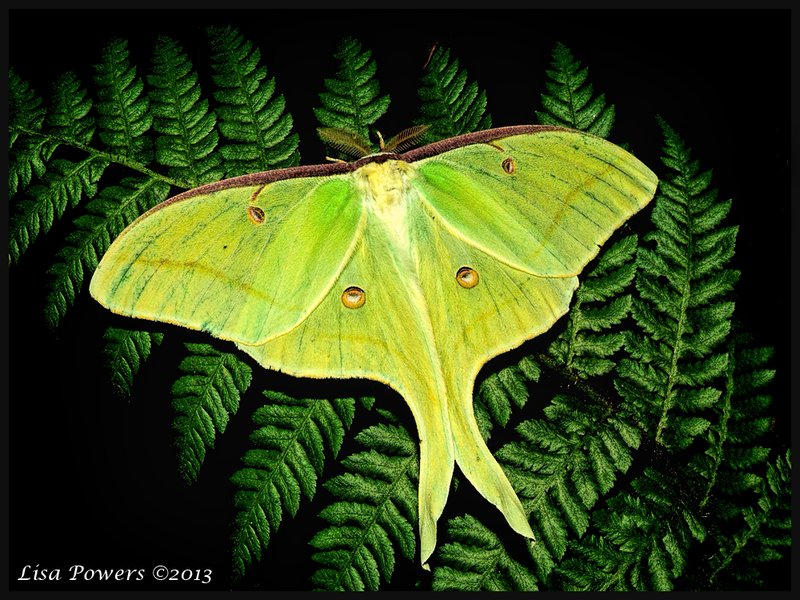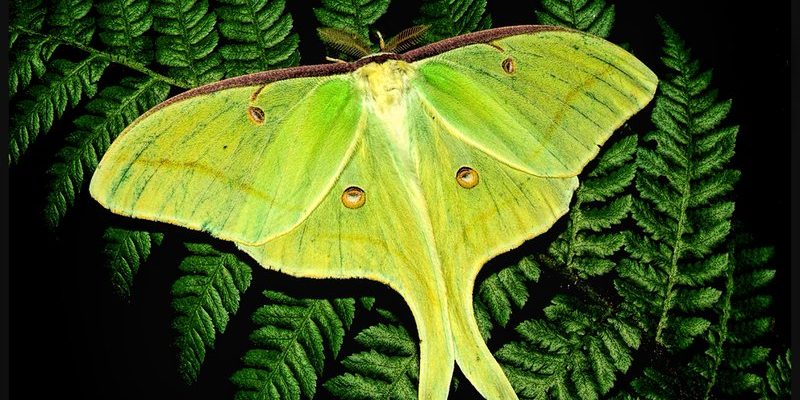
You might be wondering why it’s important to sort out the facts from the fiction surrounding the Luna moth. Well, understanding these truths can deepen our appreciation for nature and help us protect these incredible insects and their habitats. So, let’s uncover those common myths about the Luna moth together, and see what’s fact and what’s just folklore.
Myth 1: Luna Moths Are Dangerous to Humans
This might come as a shock, but Luna moths aren’t dangerous at all. Many people believe that large insects are a threat, but let me explain why that’s not true for these lovely moths. The Luna moth is completely harmless. They don’t have stingers like wasps or bees, and their mouthparts are designed for sipping nectar, not biting.
In fact, during the Luna moth’s brief adult life, they don’t eat at all. They live solely on the energy stored in their bodies from the caterpillar stage, focusing instead on fulfilling their purpose of reproduction. So, if you see a Luna moth fluttering close to you, take a moment to appreciate its beauty instead of worrying about getting stung!
Myth 2: All Moths Are Nocturnal
While many might think that all moths only come out at night, the Luna moth is no exception to this rule—except when it is. You see, Luna moths are indeed nocturnal and prefer to fly under the cover of darkness. However, this doesn’t mean that all moths share this trait. In fact, some species of moths are active during the day!
For example, the day-flying Hummingbird Clearwing Moth often gets confused with a hummingbird due to its size and behavior. So, the next time you’re in the woods, don’t forget to keep an eye out for our flying friends, whether they’re fluttering around at dusk or during the sunshine!
Myth 3: Luna Moths Are Not Found Everywhere
You might think that Luna moths are rare or limited to certain areas, but that’s not entirely true. While they are most commonly found in North America, they actually have a pretty wide range. They prefer wooded areas and places with plenty of vegetation—basically, spots where their favorite food, tree sap, is abundant.
So, if you have a lush garden or a nearby forest, you might just be lucky enough to spot one! In fact, during certain times of the year, especially in late spring through early summer, these beautiful moths can be seen fluttering around light sources, making it a perfect time for moth enthusiasts to head out for a stroll.
Myth 4: Luna Moths Only Live for a Few Days
Here’s another common misconception: the idea that Luna moths live only a few days. It’s true that their adult life is short—averaging about one week—but it’s not as brief as many believe. The confusion comes from how most of their life cycle unfolds.
Luna moths spend around 10 months as a caterpillar (larval stage), and then they pupate into a cocoon for several more months. After this lengthy preparation, they emerge as adults for a short mating season. So, while their time in the spotlight may be fleeting, they spend a significant chunk of their lives preparing for it!
Myth 5: Luna Moths Are Attracted to Light Because They Are Lost
You might have noticed that Luna moths often flutter around porch lights or street lamps. Some people think they’re just lost or confused by the light. In reality, they are using natural light sources for navigation. Here’s the thing: Luna moths and many other moths are naturally drawn to light because it helps them find their way.
In nature, moonlight plays a critical role in their navigation system. They tend to maintain a constant angle to the moonlight while flying. However, artificial lights can throw them off, causing them to spiral into them. So, while it may look like they’re lost, Luna moths are actually just following their instincts but getting a bit too close for comfort.
Myth 6: All Luna Moths Are Green
When you think of a Luna moth, vivid green wings probably come to mind. But did you know that not all Luna moths display this iconic color? While the common Luna moth is known for its bright green hue, some variants can appear different. Environmental factors and genetic variations can lead to differences in coloration, and sometimes you might spot a Luna moth that’s more yellowish or brownish in appearance.
This coloration can help them blend into their surroundings better, providing camouflage from predators. So next time you see one, take a closer look—there might be more than meets the eye!
Myth 7: Luna Moths Are Pests
Finally, there’s the myth that Luna moths are pests. In reality, these stunning creatures are more beneficial than bothersome. Unlike some moth species that invade homes or gardens and cause damage, Luna moths do not feed on household items or crops.
Instead, they play a vital role in our ecosystem as pollinators. As they flit from flower to flower, they unintentionally transfer pollen, which aids in plant reproduction. So, rather than seeing them as pests, try thinking of them as nature’s little helpers!
As we wrap up our journey through the realm of myths about the Luna moth, it’s clear that these creatures are far more fascinating than many people realize. By debunking these common misconceptions, we can foster a deeper appreciation for them and the roles they play in our environment. So, whether you’re lucky enough to see one in the wild or simply learn about them from a distance, remember that there’s always more to discover in the beautiful world of nature.

